#mudflats
Text
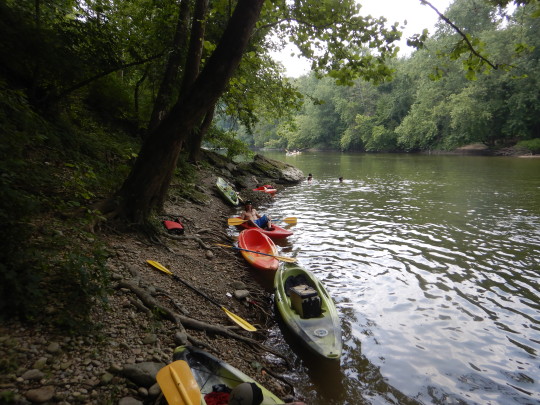

Along the Little Miami Inbetween hamilton and clermont co is a section that maintains conglomerate mudstone layer and a lot of mud banks close enough to mudflats that you still get some classic mudflat species and riparian gravel bar species.

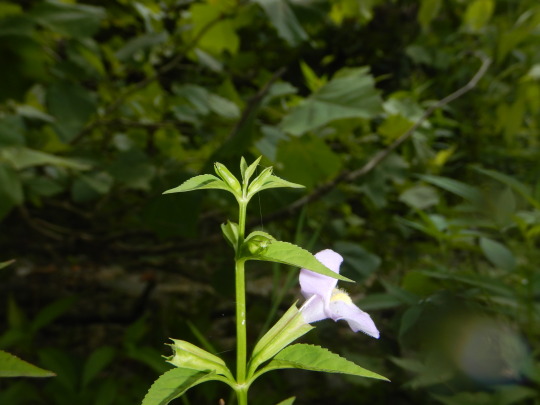
The first is the winged monkey flower(Mimulus alatus) , known for winged squared of stems, though since Ohio gets both, if you need to collect seeds for bioswale forbes and want to differentiate them when the stem is brown, the peduncle, aka main stem that holds/bares a flower or a fruit attached to the stem, is almost sessile or near sessile, aka still there but close to not existing where as Allegheny is elongate.



a gravel bar species requiring full sun is Hibiscus moscheutos or the swamp rose mallow, it's about as common as our other native Hibiscus laevis or the halberd leafed mallow; this species pictured has more common smaller colonies with pink flowers on average with what most assume as a non deeply lobed leaf differing from a halberd lobed white flower with taller plants on average and larger colonies.

Wouldn't be a good gravel bar without falls redest sedum, Ditch stone crop! or is it a sedum really???, while we used to assume based on morphological features it is no longer placed in the genera Sedum and is Penthorum sedoides a non succulent water loving species that actually has found it's self as a member of the saxifrage order. It is one of two species that I know of in the genera, and is associated with it's own family as of now. It is also the only member of the genus within the United States. Side note: As a member or the saxifrage order I don't even know if this species utilizes CAM to be honest and it wouldnt benefit it if you think about it.



Lindernia dubia
false pimpernel
Associated with the mudflats, it's funny because people call this and many others the mudflat ephemerals because they are brief and seasonal inbetween flood stages. These always look like a monkey flower at first glance before you know the species.
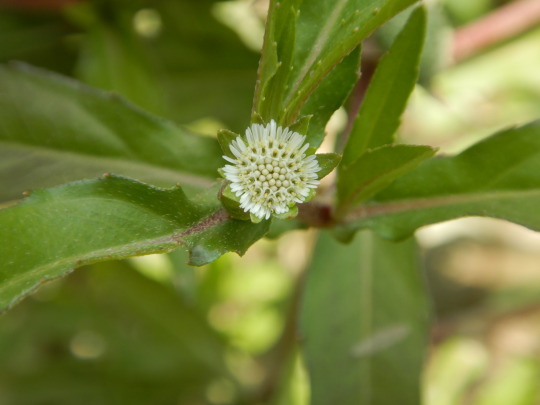
Eclipta prostrata
Mudflat false daisy, a riparian and swale species but also very common on mudflats.
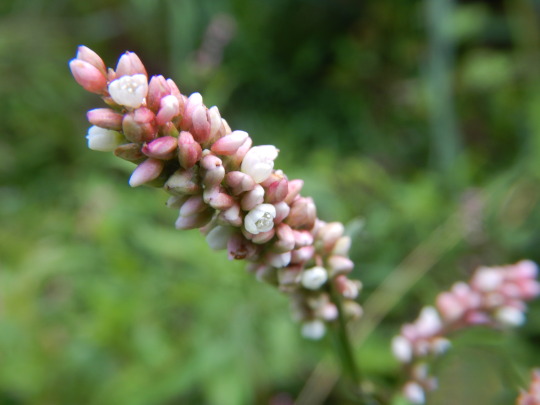
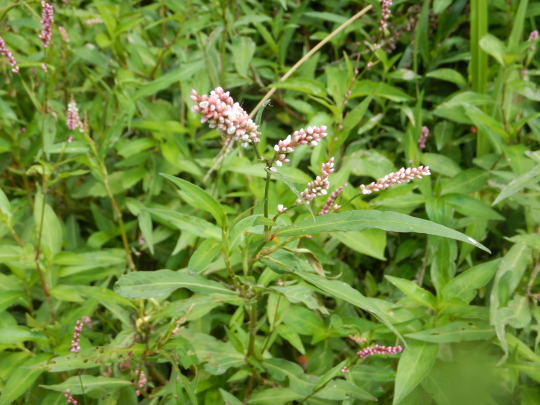


Persicaria pensylvanica or pensylvania smart weed, is a robust flowering species that forms semi erect inflorescence that are peppered pink and white. and easy to differentiate when you look at a non frimbrate connected ocrea that sheathes both stem and petiole. you can see invasive Persicaria longiseta or oriental bristled ladies thumb with frimbrate ocrea in background :( spicy flowers on our natives less spicy on the non natives.
#mimulus#mimulus alatus#ringens#botany#ohio#mudflats#riparian#hibiscus moscheutos#hibiscus laevis#hibiscus#lindernia dubia#lindernia#mudflat#ephemeral#penthorum#penthorum sedoides#eclipta prostrata#Persicaria pensylvanica
22 notes
·
View notes
Photo

Gerard Stamp, Follow me follow (watercolour, 2015)
see here
51 notes
·
View notes
Text
So everywhere has their urban legends and when you hear it for the first time as a kid you believe it entirely, and then you grow up and look at it critically and realize it was a good story to tell and kept people from getting hurt so the story gets told regardless of truth.
But I just had a HELL of a whiplash, because the local urban legend that I grew up with, not only actually happened, but the reality is SO MUCH WORSE.
29 notes
·
View notes
Text
2 notes
·
View notes
Text
01.12.23
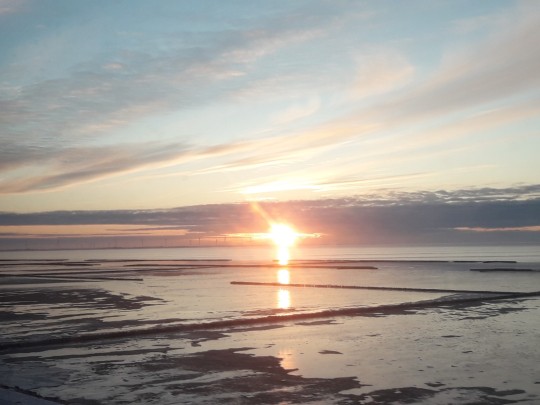
6 notes
·
View notes
Text
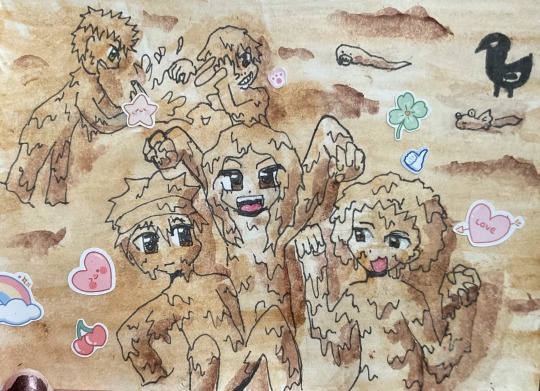
muddy terasaka gang
#taisei yoshida#ryoma terasaka#kirara hazama#takuya muramatsu#itona horibe#assassination classroom#putik#mud bath#Mudflats#Terasaka gang
6 notes
·
View notes
Photo

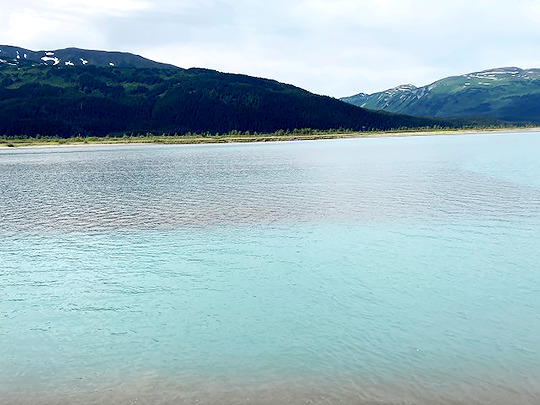


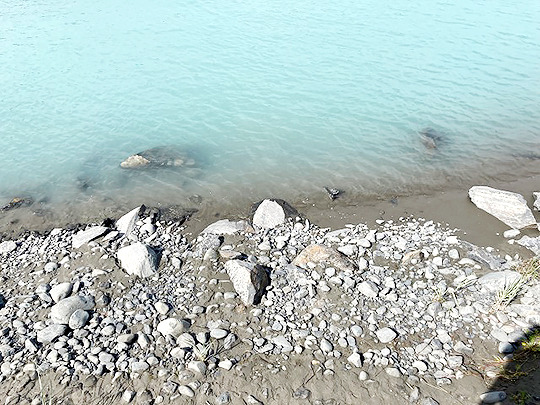
Mudflats and blue blue inlet water.
#cook inlet#nature#ocean#mountains#inlets#mudflats#photography#it looked this blue in person too like. it was fucking ridiculous
43 notes
·
View notes
Text

Mudflats of Wyre Esturary from Fleetwood at low tide. I was standing on a ramp between the footpath and the mud. Standing on the mud itself is not recommended.
7 notes
·
View notes
Photo

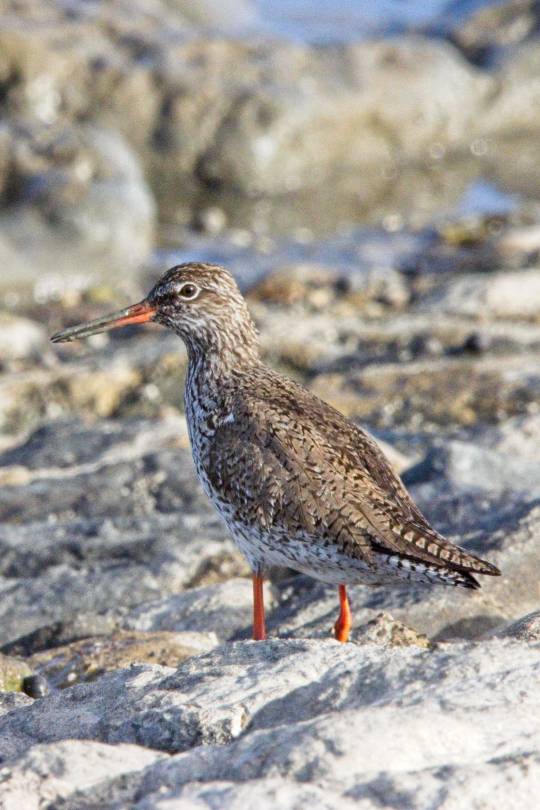
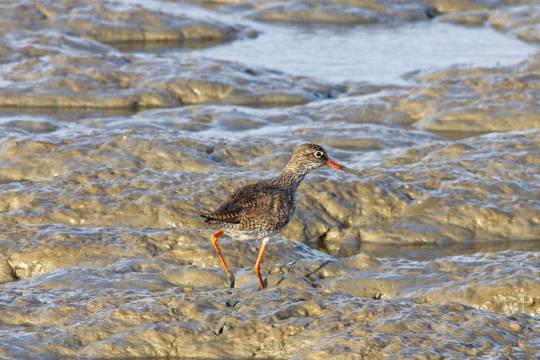
a collection of redshanks
9 notes
·
View notes
Text
Mornac sur Seudre.

#photographer#photographers#france#black and white#reflections#light and shade#seaside#estuary#mudflats#morning light
4 notes
·
View notes
Text
Late post for 20th June, but we went out to the mudflats to collect data on the mangrove horseshoe crabs of Singapore, on International Horseshoe Crab Awareness Day, and it was a fine fine day. The smol babies were most satisfying to see and we were careful where we tread.



#horseshoe crab#mangroves#mudflats#research#citizen scientist#marine biology#marine biodiversity#marine ecology#moulting#data collection#connections
6 notes
·
View notes
Text
(Not comprehensive) What to expect for riparian zones in orv confluence.
it’s the best time of year to fen hop here in Ohio but before anyone does that a pilgrimage to a less addressed habitat is necessary and fun, its check on mudflats in western Ohio time;
I just spent a few solid days botanizing some of Ohio’s most classic habitats.
Two mudflat locations: Little Miami meets ORV and Great Miami meets ORV. (though a weirder one is the ancient oxbow flats of the Great Miami. BTW ORV is Ohio River Valley.
A group of really good friends and I got together and tried to hit the Shawnee lookout giant ragweed thickets(15 foot tall this year with native amaranth mixed in at similar height) Each year a few people check this spot earlier and than a few later for a tricky plant not seen since 2010 called Orobanche riparia
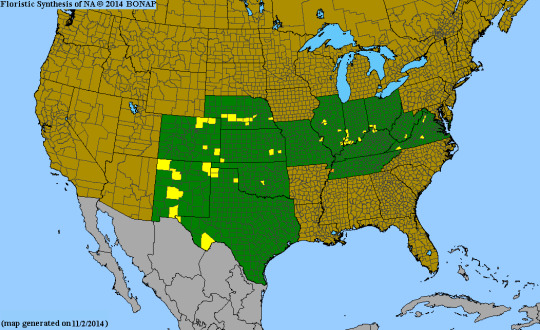
which may or may not be state extirpated from TN WV VA and OH. these are only affiliated with confluence zones and specifically Ancient ragweed thicket communities. Normally Ragweed is 7 foot max, and dies every year, falluvium(alluvium displaced by frequent floods), buries these past frost lines and their roots are insulated. and the stems are more supported at the base.
while being a classic rare species, Japanese hops have now made it extremely problematic to spot and so it remains elusive.
while the 3 giant amaranth and 8 species of Persicaria are present with the cockerburl and ragweed along with florida and giant lettuce; It’s also notable that rough barnyard grass and two other river bank giant ragweed thicket rarities are also present. https://explorer.natureserve.org/Taxon/ELEMENT_GLOBAL.2.155128/Ripariosida_hermaphrodita virginia riverbank mallow and ....

Nabalus crepidineus
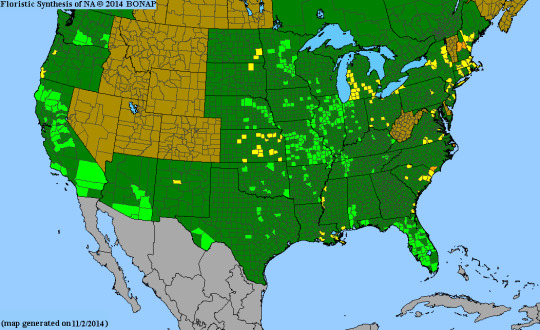
Flood plain woods: wood nettle, greenheaded cone flower, panicled fall phlox, cup plant, Jerusalem artichoke, 2 Persicaria spp., more angry hops, 2 common Rubus spp. (black cap and Alleghany), Monarda serotina, more lettuce, both of Ohio’s jewel weed.
Silt formed Mudflats:
It’s ok though because the disturbance is still frequent in some sections and many rare sedges and rushes exist as well as mud flat species can be seen as preserved. These are very small species that thrive on silt
the map above is for a species that recently got split again after already being split from drummunds’ bull rush. Now called dwarf bull rush and went through a new genera name too. River dwarf bull rush is no longer Hemicarpha micrantha and is now Lipocarpha micrantha.
Others of notable interest in flat: Kyllinga pumila, Paspalum fluitans, Myosurus minimus(adventive), Cyperus acuminatus,
both toothleafs are present too. Ammania coccinea(sessile peduncle and least common) and Ammania robusta(most common) for ohio.,


another classic forbe thats pretty darn common is obi wan conobea usually with carolina geranium not far apart,
green, dentate, davids, prostrate, true spotted, and Phyllanthus caroliniensis along with multiple copper leaves are present.
(plenty of other sedges but I can’t think of all the ones Dan Boone has tried to teach me there.)
Broken bank( sand cut banks):
alleghany monkey flower, blue siphilis lobellia, indian tobacco inflated lobellia, common milkweed, 3 uncommon Rubus spp. all adventive except for one that looks like a glaberous prickily virginia creeper vine Rubus trivialis . We also see both swamp and ciliate margin loose strife, two figworts, and cockerburl again along with 4 native persicaria, 2 native day flower(Commelina spp.), 3 seedbox/ludwigs (Ludwigia spp.), waterspeedwell Veronica catenata ,
mints are well represented: 3 Stachys spp. water hoarhound, american germander, 3 potential Monarda spp. (bubblegun, basal white, and M. serotina), both ciliate and hairy wood mints.
Classic creeping fabaceae are: Amphicarpaea bracteata and Apios americana.
Gravel point bar:
lance leaf frog fruit, smooth scouring rush, verticilate scouring rush, and rough scouring rush, smooth rush, green bull rush, the brown tall giant one, 3 sided rush, big bluestem? some how?, button bush, both the common hibiscus, sand bar and black willows, water willow(not a willow), lizard tail(the fruitloop smelling one).
Note:
If you want someone who knows more about this habitat than anyone else, Dan Boone is probably the person to ask.
10 notes
·
View notes
Text
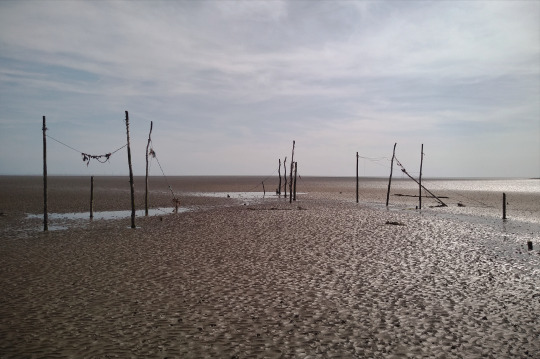
Sandyhills, May 2023
#Sandyhills#Solway#Firth#Coast#Dumfries and Galloway#Scotland#UK#Seaside#Beach#Mudflats#Tidal#Places
1 note
·
View note
Text

Crossing the causeway from Lindisfarne to the mainland. Photo by The Silver Skylark.
0 notes
Text
10.03.24

1 note
·
View note
